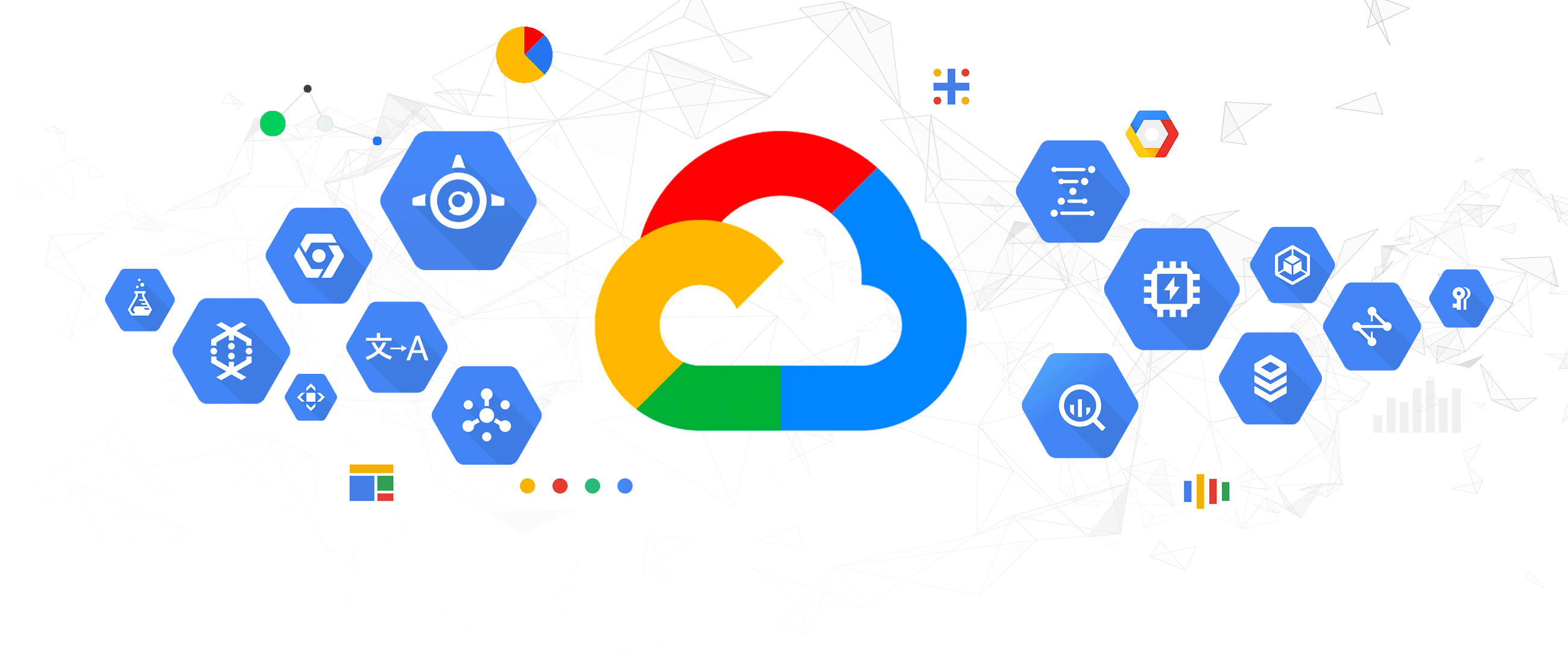It’s in our nature to want to have the latest and most advanced of everything–from gadgets to software solutions. And this desire is often amplified by compelling marketing tactics. Salesforce, being a CRM giant, tempts businesses with its expansive suite of features and functionalities. It's so easy to be swayed into buying it all. However, when the dust settles, organisations often grapple with the challenge of effectively deploying multiple products simultaneously while staying on budget and achieving a prompt ROI.
This is where the concept of the Minimum Viable Product (MVP) becomes invaluable.
What is an MVP in Salesforce?
In the Salesforce context, an MVP is a streamlined set of functions and processes that are essential for daily user operations. It offers a simplified version of Salesforce, focusing on core functionalities. While the MVP might not encompass all the bells and whistles, it lays a strong foundation for future additions and refinements. Crucially, a well-structured MVP will have a clear projection of subsequent phases, detailing the planned features, integrations, and enhancements.
An MVP is important because it allows you to get your product into the hands of users as quickly as possible. This allows you to start gathering feedback and iterating on your product based on what users actually want. This is much more efficient than building a perfect product from the start, which is often impossible.
A well-structured MVP will have a clear focus on the core features that are essential for users to get value from your product. It will also have a clear plan for how you will add additional features and functionality in the future. This will help you to stay on track and avoid getting bogged down in the details.
The Advantages of Adopting an MVP Approach:
Scope Management: The process of ensuring that a project only includes the work that is necessary to meet its objectives. This is important because it helps to keep projects on track and within budget. MVPs are a way of defining the essential requirements for a project. By doing this, MVPs can help to deter scope expansion and ensure that projects remain focused.
Defined Scope: Ensures that projects align better with budgetary estimates. This is because a defined scope helps to identify all of the work that needs to be done in order to complete the project, and it also helps to estimate the resources that will be needed to complete the work. This information can then be used to create a budget for the project, which can help to ensure that the project stays on track financially.
In addition, a defined scope can also help to avoid scope creep, which is when the scope of a project changes over time. Scope creep can lead to cost overruns, so it is important to have a clear and concise scope statement in place from the beginning of the project.
Streamlined Timelines: Projects become more predictable and less prone to delays.
Simplified Deployments: A narrower scope means less complexity during rollouts.
Enhanced User Experience: An MVP focuses on the most crucial functions, making it user-centric and easier to adapt to.
Crafting the Perfect Salesforce MVP:
Engage Stakeholders: Begin by understanding the primary pain points and requirements of your end-users. Gathering feedback and prioritising it ensures the MVP resonates with the people who use it most.
Align with Organisational Vision: Ensure that your MVP doesn't just cater to immediate needs but is also aligned with the long-term objectives of your organisation.
Mission-Critical Assessment: List all the business processes that you plan to incorporate into Salesforce eventually. From this list, identify those that are absolutely essential for day-to-day operations.
Seek the Right Balance: Salesforce's versatility means it can cater to many requirements. However, it's essential to differentiate between 'nice-to-have' and 'must-have'. Focus on core functionalities initially and expand as users become more familiar with the platform.
Document the MVP: Once you've defined the MVP, record it. This will serve as a blueprint and a reference point, ensuring everyone involved stays on the same page.
An MVP approach to Salesforce implementation is akin to building a house. Start with a strong foundation and then progressively add rooms, floors, and decorative elements. This method ensures that users are able to handle costs, costs are managed, and the organisation can systematically grow its CRM capabilities rooted in a robust base.
Remember, in the realm of software deployment, sometimes less is more. By focusing on what's essential and then building upon it, organisations can ensure smoother transitions, better user adoption, and, ultimately, a more significant return on their Salesforce investment.
Unveil the Power of MVP with CloudSmiths’ Unique Offering!
Are you ready to experience the revolutionary capabilities of Salesforce like never before? Discover CloudSmiths’ MVP package, a one-of-a-kind offering designed to propel your journey in the world of Sales Cloud, Service Cloud, and Marketing Account Engagement!
Why Choose Our MVP Package?
Standardised Predefined SOW: We offer a streamlined, predefined Statement of Work to eliminate guesswork and get you up and running smoothly.
Quick Returns: Witness fast, tangible returns as our MVP package is designed to get you started immediately.
Strategic Enhancement Pathway: Consider this the initial phase in your journey, leading to further enhancements and customisations tailored to your needs.
Zero Scope Creep: Our predefined SOW ensures a focused approach, avoiding deviations from the agreed scope.
Ready to Elevate Your Salesforce Experience?
If you’re contemplating Salesforce, NOW is the time! Dive into a world of endless possibilities with our MVP package and enjoy huge discounts, exclusively available for December implementations.










